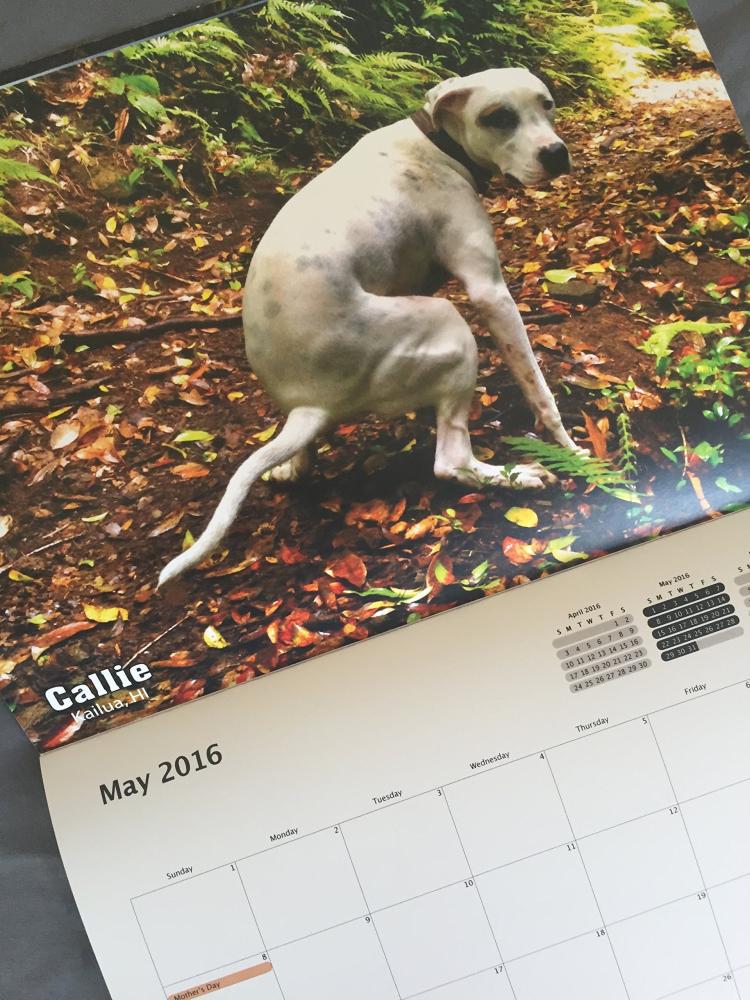Take A Bite Out Of Dog Troubles With These Suggestions

Have you been trying to find facts and techniques on Pets?
Simple Tricks For Making Your Dog Happier And Healthier
When you adopt a dog, you never know what you're going to get. Like a box of chocolates, every single dog is different. visit website said, there are a few things they have in common, such as unconditional love. To make your dog the best he can be, you have to be the best owner, so read the advice below.
Make your home suitable for dogs. You need to look for hazards around your home that your dog might run into. Put up all of your cleaning supplies and medications, and be sure you put away any trash cans. Keep house plants out of his reach, especially if they could be poisonous.
Yearly physicals help you and yearly vet checks help your dog. Your dog will not be able to express its concerns, so make sure that you get it a checkup periodically. Check-ups can reveal that and more.
It's a good idea to have your regular dog training sessions in your own yard or at home. You do not want to train your dog around a bunch of people. They are going to become distracted, and the easiest commands can be tough.
Pick and choose when you are going to groom your dog. You do not want to attempt grooming when your pet is in a particularly frisky mood, because the process will not go well. Instead, do so only when your dog is calm and tired, like after you have taken him for an especially long walk.
You should only try to teach your dog one new command during each training session. Even if you think your dog is good at picking up on things and will have no issues with that, it is much less confusing for you and him if you focus on just one thing at a time.
If you notice your dog gets dry skin in the winter, you probably need to brush him or her more often. Doing so will get rid of old fur and help get their oil glands working properly. Try brushing once in the morning and once in the evening to see if it makes a difference for your pet.
No matter what kind of dog you may have, hang up a few "Beware of Dog" signs on your property. They are known deterrents to would-be burglars and can help protect you and your family. Just the sign alone indicates probable failure of any robbery attempt and a single bark will have them running away!
Groom your dog frequently. Keep them clean and reduce the amount of hair they shed by brushing them frequently. When the weather warms up, start checking them for ticks and fleas daily. Dogs generally require a few baths a year. Before you give your dog a bath, make sure to cut or comb out mats and tangles. Rinse their coat thoroughly to avoid dirt sticking to any soap residue.
Don't forget about your dog when writing your will. Many pets end up being fought over or neglected completely because specific instructions were not left regarding their care. Include a clause that clearly directs your loved ones on what to do with your dog so that he's well taken care of.
Have a rotating schedule for dog-related responsibilities in your home. It's not fair for one person to always be taking care of him, and he'll feel more like a family pet if everyone pitches in. Kids often lose interest in a pet and leave the work to parents, but it's important that you teach them to keep up the commitment!
When taking your senior dog to the vet for an annual visit, make sure to request senior blood work. A blood panel can help your vet to identify any kidney, heart or vascular concerns. If caught early, treatment is often minimally invasive and less costly. This is a great way to keep your pet healthy for years to come.
If you breed your dog, do so responsibly. The AKC advises all owners of pure-bred dogs to make an effort to advance the breed and discard all other motivations, such as money or experimentation. Consider the repercussions of your actions before allowing your dog to mate and create a litter of puppies.
Keep your dog safe from dangerous chemicals. Similar to kids, cleaning chemicals and any car maintenance substances are harmful to them. These substances are poisonous, so if a dog gets any on them or ingests any, they could get burned, become very sick, or die. Store your hazardous chemicals in a place that your dog can't get to, or keep them in a closed area using a child-proof lock.
Always try to do your training in an area where the dog has some distractions around them. Rarely are you going to be in a situation where you need your dog to obey and it is completely quiet. It is best for you to practice your training with the television on, kids running wild and maybe some music playing.
If your dog seems to be struggling with learning commands, consider getting a clicker. A clicker is a tool that is useful when training as it teaches your pup that when he does something correctly, a click will happen which is immediately followed by a reward. Clicker training can be helpful for teaching commands, tricks, and walking manners.
If you are not sure how your dog will react to other dogs, make sure you keep them on a leash during the first introduction. Rescue dogs especially can be unpredictable around other dogs. Keeping your dog on the leash will allow you to better control their behavior. Once you feel comfortable and your dog is adjusted, you can take them off the leash and let them play.
When crate training a dog, be sure to allow it to stop making noise (barking, whining, crying) for at least 30 seconds before opening the crate up. This is important because otherwise the dog will believe that as long as it keeps making noise, you will come and open the crate. It can be hard to do this, but is necessary. Of course, always be sure that the dog is safe and not making noise for some other reason.
Now that you're able to see what kind of work goes into working with dogs, you should have a better idea of how to care for yours. Even if you're just thinking of getting a dog you should now know what to do when you get one. Take great care of your canine friend and it will care for your family!
Labrador Retriever Coat Type and How to Properly Care for it
Labrador Retrievers are beautiful dogs that should have a sturdy glossy coat. The coat care of a Labrador seems like an easy job, but the undercoat can sometimes take a little more work.
To help you, you can read here what makes a Labrador Retriever coat type so special. And of course how you can keep the coat as beautiful, shiny and healthy as possible. You can read everything about caring for the coat of a Labrador here!
What is the Labrador Retriever Coat Type?
If you have a Labrador yourself, you will probably have noticed that the Labrador has a short, yet thick and full coat. This coat is very different from that of a whippet, dalmatian or other dog with a smooth short coat.
Labradors have been selected for years for traits that make them perfect for hunting in swampy areas. What does a Labrador need for that? A sturdy coat with a double layer that insulates and protects well!
What is a Double Coat?
For this reason, Labrador Retrievers have a double coat. This means that the coat consists of a top layer of slightly longer, wiry hair.
Below you will find a softer, dense, water-resistant layer of hair. This is called an undercoat. The undercoat has several advantages for a Labrador.
It protects against UV rays, sharp objects in the environment and is a fantastic insulator. This means your Labrador does not get cold quickly and will be able to spend a long time in the water.
Even in summer, the layer of air in the undercoat keeps the Labrador Retriever nice and cool.
Best Brush for Labrador Retriever
Luckily, grooming a Labrador is quite simple. A double coat is a bit more work than a simple smooth coat but takes little time.
A simple brushing with a soft brush once a week will usually suffice. There are times when your Labrador’s coat care requires a little more attention, such as during molting.
For brushing you can use this brushing glove from HandsOn, for example . With such a glove you can massage and brush your Labrador at the same time, and this often produces much less resistance during brushing than brushing with a normal comb or brush.
Coat Care of a Labrador While Shedding
You might not expect it from a Labrador’s shorter coat, but it can shed a lot! Of course there is a lot of difference between Labradors, but most of them will shed a lot of hair, especially during the fall and spring.
This is completely normal, it is a natural process in which the dog loses its old and damaged hair.
How much a Labrador will shed differs enormously per dog, with one dog it is not that bad, while with the other dog you are buried under the hair.
Fortunately, there are a few things you can do to manage the shedding and keep the house tidy.
Can I Shave my Labrador?
When it is very hot outside, it may seem like an attractive idea to rid your Labrador of its thick coat by shaving it. It sounds very logical, but it is a very bad idea!

The double coat of a Labrador has a function, it keeps the dog warm when it is cold and vice versa. So you better let the coat do its job and keep it intact.
By shaving it you take away the protection of the dog, it can even cause it to itch. Because the coat is no longer there to protect the Labrador from nails, scratching the dog can damage the skin.
This in turn causes more itching and so it gets more and more problems with its short coat.
https://petsroof.com/labrador-retriever-coat-type/
I recently found that review on Dogs while looking around the web. So long as you enjoyed our article kindly make sure you remember to share it. We truly appreciate reading our article about Dogs.
